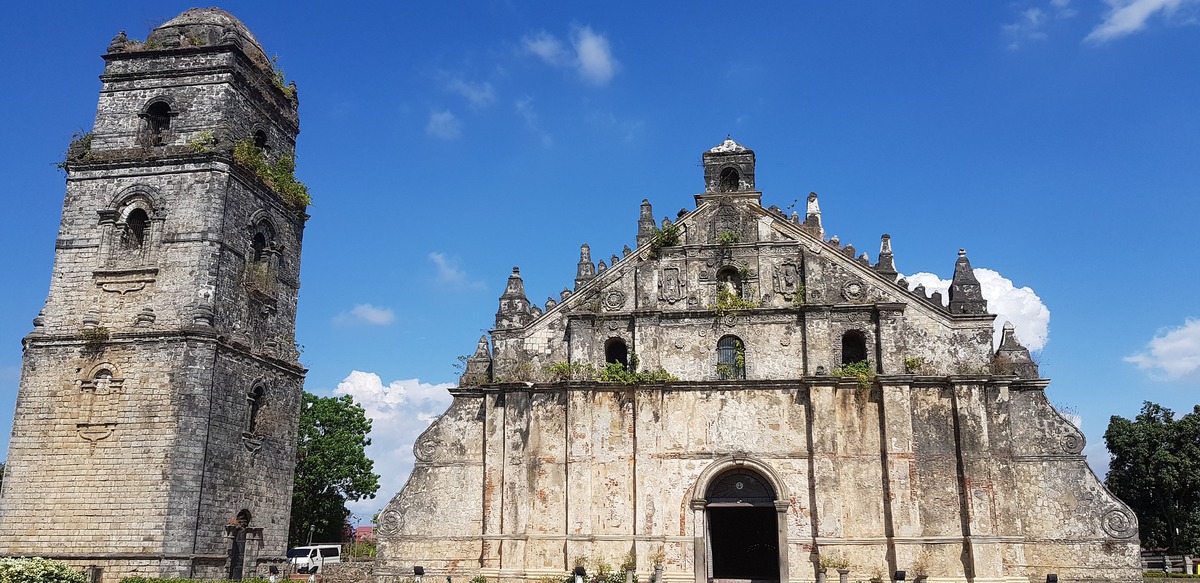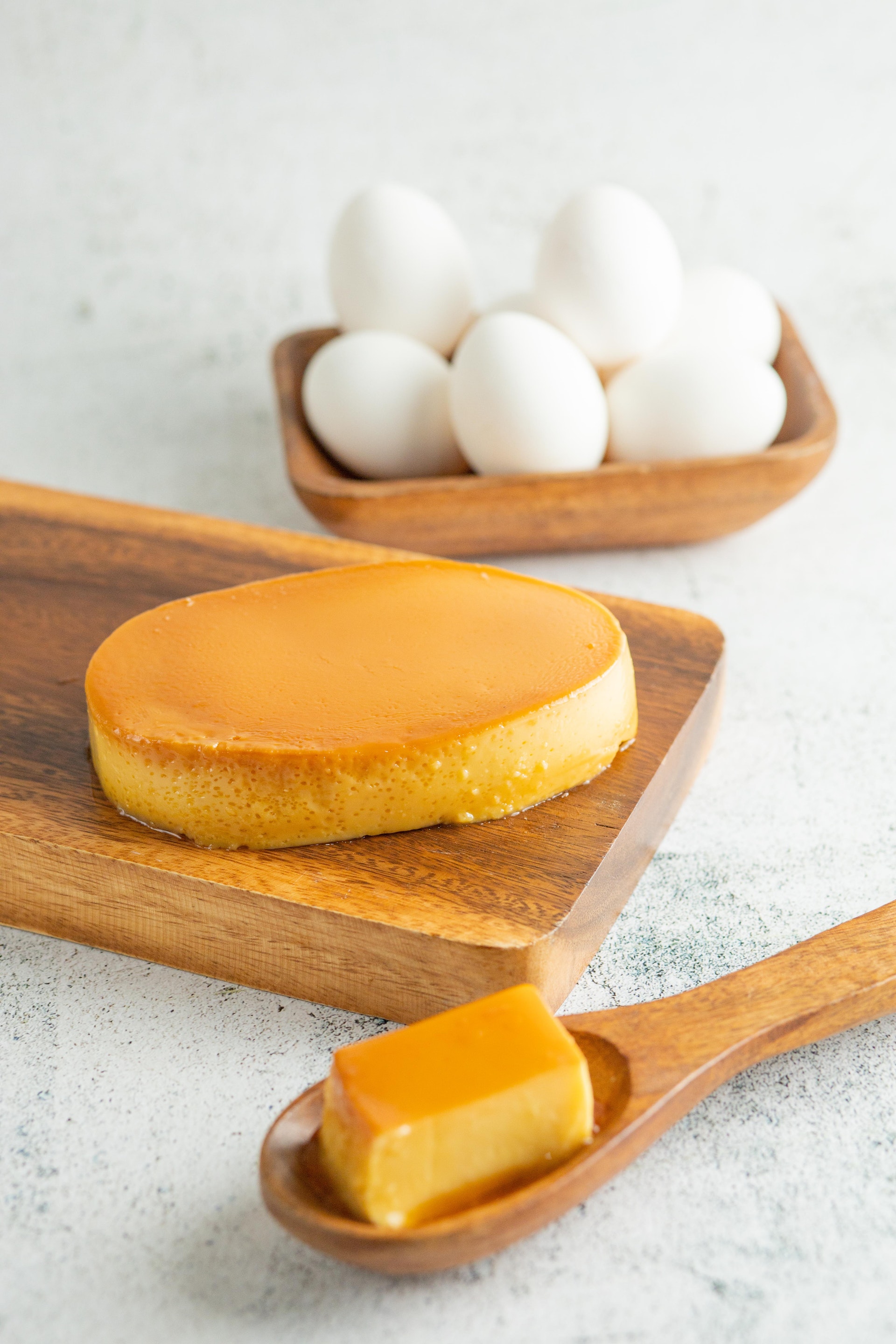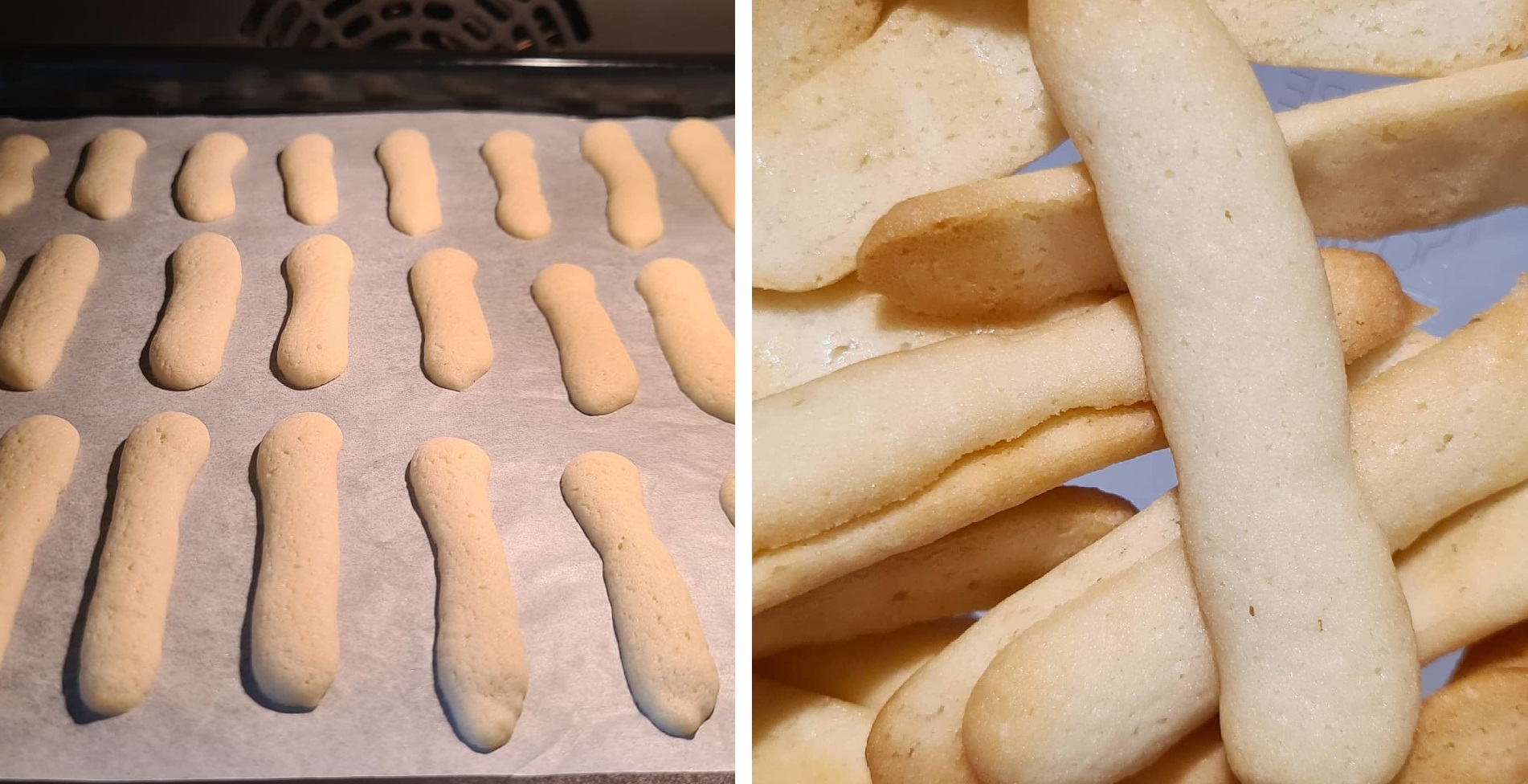A mission to spread the Catholic faith in the Philippines led to people using egg whites to build churches and making dishes with the leftover egg yolks that are said to now form part of the country's cuisine.

Paoay Church in Ilocos Norte, completed in 1710. Source: Pixabay
Feeding the faith
When the Spanish colonisers arrived in the Philippines in the 1500s, they brought Christianity with them. lasted for 333 years and in that time, the Spanish built many churches.
Professor Ricardo Jose, who has written extensively on traditional Philippine building materials and techniques, shares in his essay, Palitada: Skin of the Church, that egg whites were used to make palitada (plaster) for stone churches.
"As early as 1780, duck eggs were combined with lime, powdered brick and miel de cana [syrup] to seal the dome of the Manila Cathedral, a curious mix which was however well-tested through time," Jose writes. "Eggs were used for the church at Bacoor, Cavite in 1808; in 1824, the parish priest of the same church, Padre Mariano Gomez, entered the expenses for duck eggs used in the mortar."
According to oral history, some women at church took issue with leftover yolks simply being tossed into the river so they used them in their cooking. It's believed that this was how desserts like yema, tocino del cielo and leche flan came to be part of Filipino cuisine. Food historian Felice Prudente Sta. Maria says, "It's usually tocino del cielo that is pointed to as a possible egg yolk-rich product.
Food historian Felice Prudente Sta. Maria says, "It's usually tocino del cielo that is pointed to as a possible egg yolk-rich product.

The leche flan is a classic egg-based Filipino dessert. Source: Mar Larracas/Pexels
"The sweets only need yolk and sugar."
We have culinary myths that may eventually prove true.
Maria says she hasn't yet found written evidence to support the story about how yolks were used. "But of course, we have culinary myths that may eventually prove true."
Even though the oral history is yet to be verified, you can still enjoy traditional egg-based Filipino desserts: Lengua de gato and leche flan.

Meet the Philippines' lengua de gato biscuits, meaning cat's tongue. Source: Nikki Gregorio
Lengua de gato
Lengua de gato, which translates to 'cat's tongue', are butter biscuits that are long, flat and crispy.
Ingredients
- 1 cup (128 g) butter, room temperature and softened
- 200 g white sugar
- ½ tsp salt
- 4 egg whites
- 1 tsp vanilla extract
- 2 cups (250g) plain all-purpose flour, sifted
Method
- Preheat oven to 175°C.
- With an electric mixer, cream butter, salt and sugar in a bowl until well-incorporated.
- Use eggs taken directly from the fridge since yolks separate more easily from whites when cold. Add one egg white at a time while mixing at medium speed.
- Add vanilla extract.
- Turn mixer speed to low and slowly add the flour. Continue mixing until batter becomes smooth. Use a spatula to help further incorporate ingredients.
- Use a piping or pastry bag if available, with as thin a tip as you want. If piping bag is unavailable, place a resealable bag over the mouth of a glass and spoon some of the batter inside. Snip one corner of the bag.
- Line a baking tray with parchment paper. Pipe batter onto paper, around 7cm of thin strips. Be sure to allow ample space between each pipe of batter, since it will spread while baking.
- Bake for around 10 minutes or until the edges of the biscuits are brown.
- Remove cookies with a spatula or turner. Make sure biscuits are completely cool before storing them in airtight containers.
Leche flan
Leche flan is a popular Filipino custard that's topped with caramelised sugar. Although leche flan can use both egg yolks and whites, using only yolks will make it richer.
Ingredients
- 10 egg yolks (you can opt for duck eggs to make flan richer still)
- 1 can condensed milk
- 1 can evaporated milk
- 1 tsp vanilla
- Zest of 1 lemon or lime
- White sugar
Method
- Put enough white sugar in llaneras (oval tin moulds) to cover the bottom of each. Place over stove and melt sugar, but be careful not to burn it. Set aside.
- Whisk together the remaining ingredients.
- To ensure the flan is smooth, run the egg mixture through a strainer seven times.
- Pour mixture into llaneras; take care not to make bubbles. Cover with foil.
- Steam flan for 30-35 minutes.
- Remove flan from steamer and cool. Place in refrigerator for at least 24 hours before serving.
- When serving, carefully run thin knife around the flan. Turn over onto a plate or container and tap on llanera base to release.
ALL THE FILIPINO FOOD

Adobo varies from region to region, but here is my family recipe










